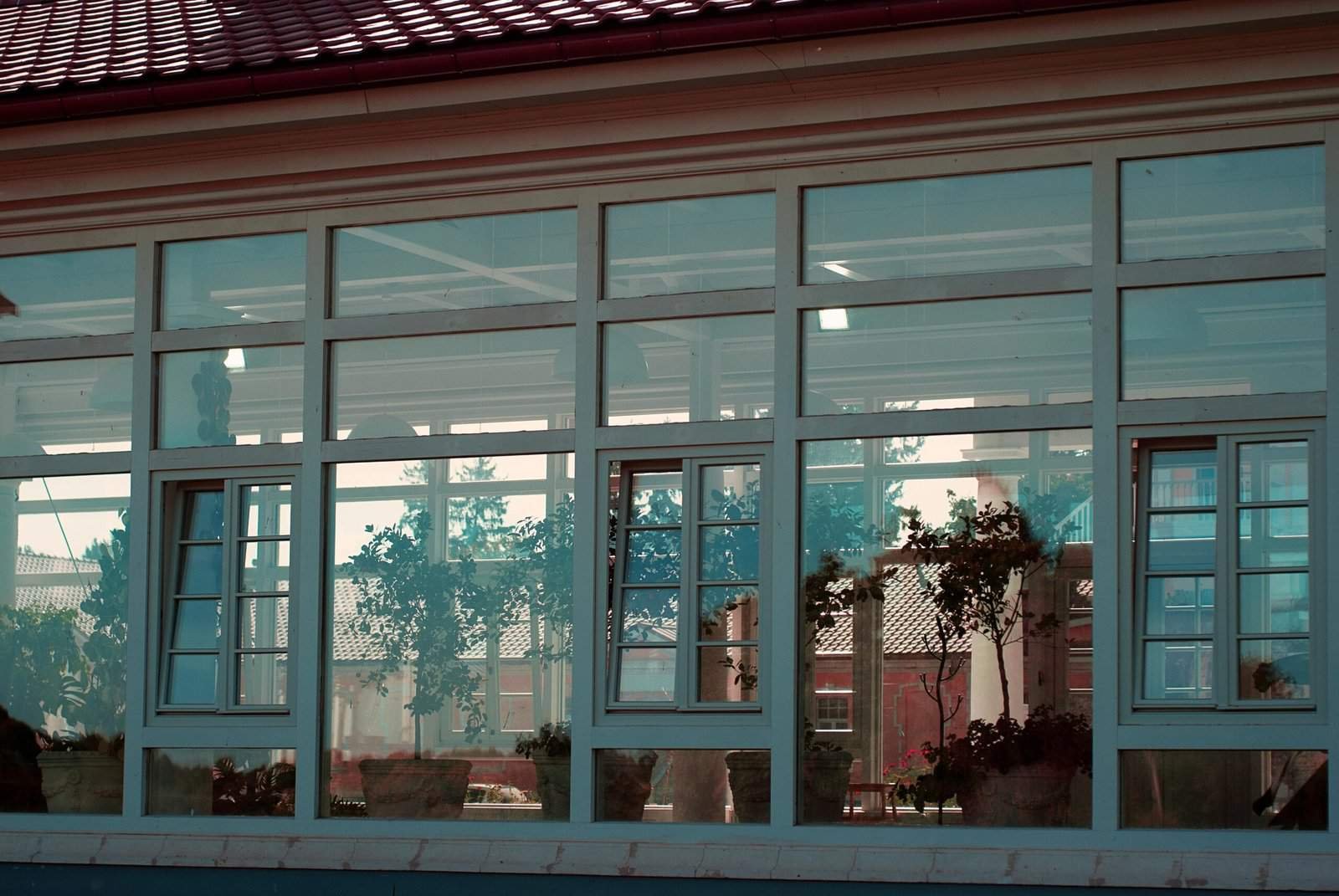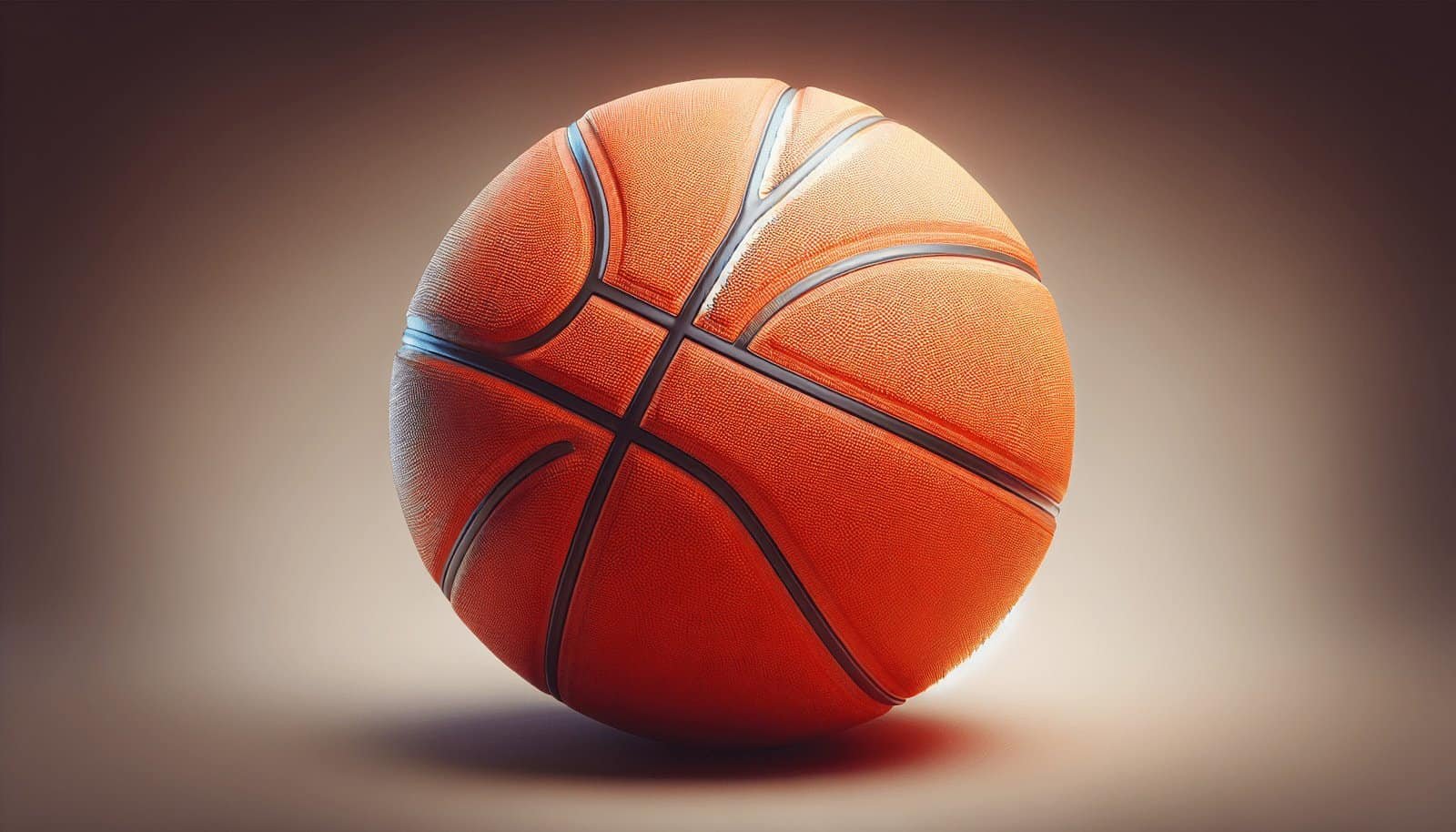Have you ever wondered why a basketball looks the way it does, with its multitude of panels? You might think it’s just a design choice, but there’s a fascinating reason behind each groove and panel. When you consider the number of panels adorning a basketball, you uncover layers of history, physics, and the art of the game itself. It’s not just a matter of aesthetics; there’s a rhythm and rationale behind these components that enhance both how the ball performs and how players interact with it.
The History of Basketball Design
Basketball’s origins date back to the late 19th century when Dr. James Naismith invented the game. Back then, the balls used were nothing like today’s engineered spheres. Initially, soccer balls were utilized, simply due to availability. These balls had a rough and unpredictable bounce, an issue manufacturers sought to address with innovative designs.
Evolution of Panel Design
The first basketballs featured a laced design with irregular leather panels. These balls required constant maintenance and adjustments to stay inflated, not to mention the inconsistencies inherent in their design. As the game evolved, the demand for a more consistent ball led to significant innovations. The introduction of stitched panels revolutionized the game by creating symmetry, which made the ball more predictable and consistent during play.
The Standard 8-Panel Design
Nowadays, when you look at an official basketball, you often see it composed of eight panels. This configuration is quintessential to the sport and carries a series of deliberate functions that contribute to both performance and aesthetic value.
Construction and Material
A standard basketball is made of leather, rubber, or synthetic materials. The panels are typically bonded to a rubber bladder that holds air, wrapped in layers of fabric to ensure durability and precise bounce. This meticulous construction affects how the ball moves, how it can be controlled, and how it endures continual play.
Functionality of the 8-Panel Design
Each of the eight panels has a specific purpose. These segments aid in gripping, controlling, and spinning the ball. The panels separate grooves that allow players to maintain a firm hold, essential for dribbling and shooting. Whether it’s a drive to the basket or a three-point shot, the grip remains a critical advantage. Moreover, the symmetry and uniformity help in maintaining fair play, as all professional balls are the same—offering equal challenges and opportunities for every player.

The Influence on Gameplay
The specific design of basketball panels influences how the game is played, disciplining both the action of dribbling and the art of shooting.
Dribbling Dynamics
The texture and layout of the panels change how air travels around the ball when it’s in motion. A well-designed ball with evenly distributed panels bounces off the court in a predictable manner, ensuring players maintain control. Whether you’re practicing crossovers or trying to keep defenders at bay, those grooves and panels make sure the offense has the tools to tip the balance.
Shooting Mechanics
It’s not just about dribbling. Panels assist in creating spin when shooting. This concept, known as the Magnus effect, describes how spin affects trajectory. A ball with the right panel configuration provides players with the ability to apply spin—an arc that can make the difference between a shot landing in the hoop or bouncing off the rim.
Significance Beyond Function
While functionality is imperative, there’s a cultural and psychological layer to these panels that give them additional importance.
Brand and Identity
For different leagues and manufacturers, the number and design of panels offer opportunities for branding and identity. While the eight-panel design is standard in many contexts, companies often experiment with panel configurations to create visual distinction. As a player or fan, sometimes it’s these unique aspects that attract you to particular brands or leagues.
Influence on Perception
Psychologically, the consistency of the design brings an intrinsic level of trust. When each basketball you pick up feels identical, with its familiar panel arrangement, a level of assurance is established. You can rely on your training and intuition, knowing the ball will behave as expected during play.

Variations in Panel Design
While the eight-panel design is standard, there are variations that serve different requirements, from different gameplay settings to innovative engineering.
Fewer Panels for Amateur Play
In some recreational and youth leagues, basketballs may feature fewer panels, often six or even four. These configurations often cater to budget constraints or the need for a more durable, wear-resistant ball. Even with fewer panels, these balls still adhere to the primary objectives of providing grip and consistency, although they might differ in handling and control.
Advanced Panel Innovations
Professional leagues sometimes explore advanced panel configurations to optimize player performance. For example, Nike or Spalding might experiment with panel designs intending to enhance grip in wet conditions or improve aerodynamics. Such variations can lead the way for new standards in professional and amateur sports alike.
How Panel Technology is Evolving
Just as basketball technology has evolved over the years, so too has the architecture of its panels. Recent advancements in materials and scientific understanding continue to pave the way for innovative designs aimed at enhancing game performance and experience.
Advanced Material Testing
With the introduction of cutting-edge technology, companies can now test and simulate how different materials and panel arrangements affect basketball’s performance specifics. Computer modeling and lab tests evaluate panel configuration in terms of bounce, wear-and-tear resistance, and moisture management—ensuring that the sport’s tools keep pace with the demands of modern athletics.
Sustainability Efforts
Another frontier in panel technology is sustainability. As environmental concerns mount, basketball manufacturers are seeking alternative materials and production methods to produce eco-friendly sports gear without sacrificing quality. This means future basketballs may feature sustainable materials while maintaining their iconic panel structures.

The Future of Basketball Panel Design
Looking ahead, basketball panels could undergo significant changes, influenced by both technological advancements and emerging trends in the sport.
Integration with Technology
There’s potential for the integration of digital technology within basketball panels. Concepts such as embedded sensors that monitor handling, force, and spin could refine coaching methods and player improvement strategies. In the not-too-distant future, the data embedded within a simple basketball could become as intrinsic to the game as the ball itself.
The Balance of Tradition and Innovation
Hence, while innovation is vital, there’s always a balance to maintain tradition. The iconic eight-panel design is symbiotic with basketball as a culture, and any changes will need to respect this heritage. A future ball might display new features but will still carry echoes of its fundamental design principles.
Conclusion
The significance of the number of panels on a basketball converges numerous facets of the sport—from the practicality of gameplay to branding, from the evolution of design to future technological integrations. Each panel you see represents a piece of a complex jigsaw that has evolved to support the thrill, precision, and tradition of basketball. Next time you glance at a ball, consider the hidden engineering and legacy within its design. What you hold isn’t just a basketball; it is the embodiment of a rich history and an exciting future wrapped up in panels, grooves, and endless potential on the court.

